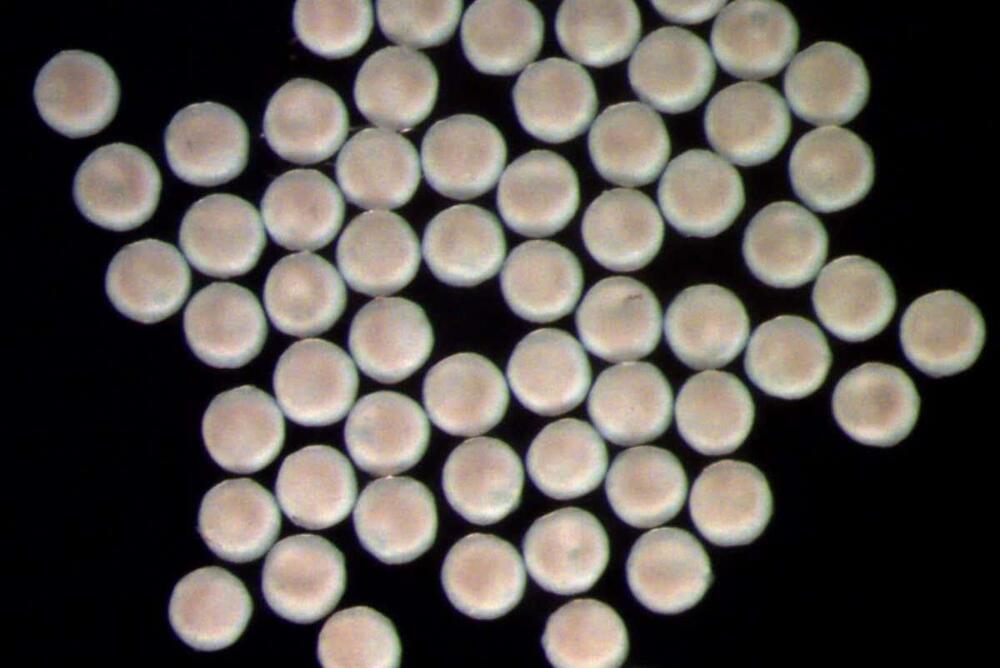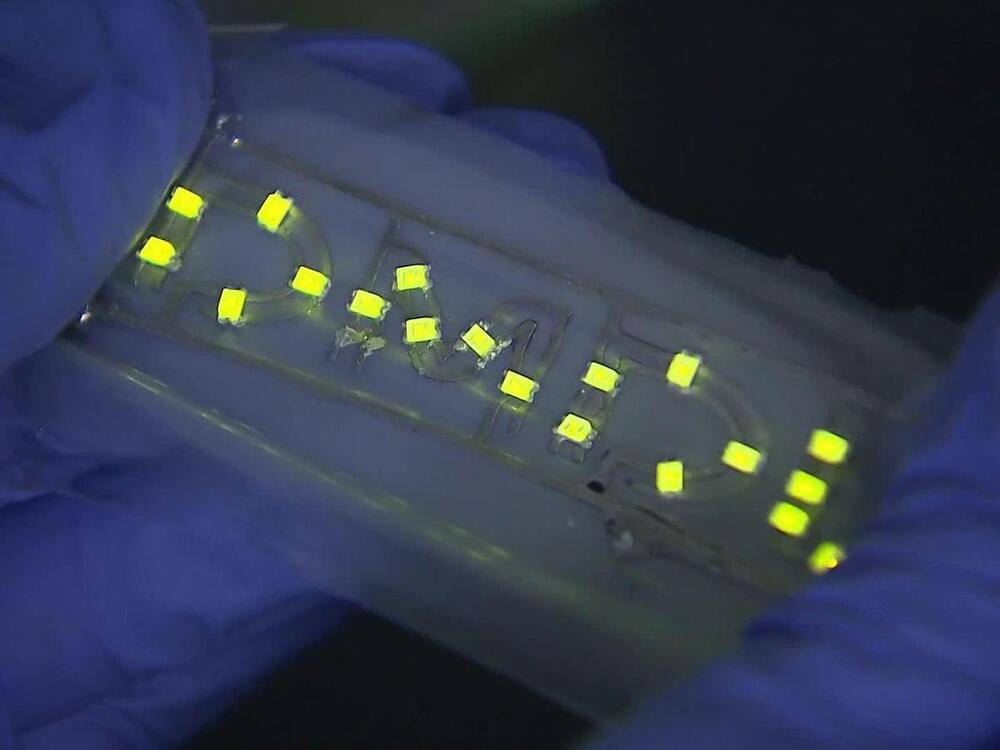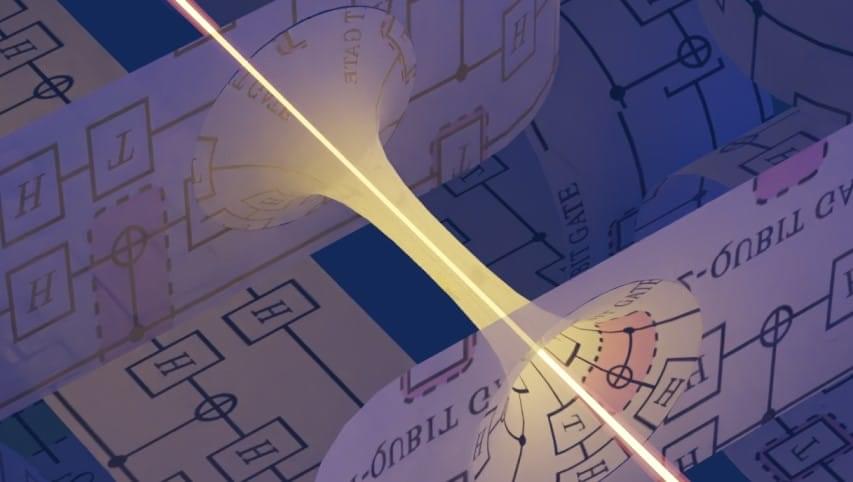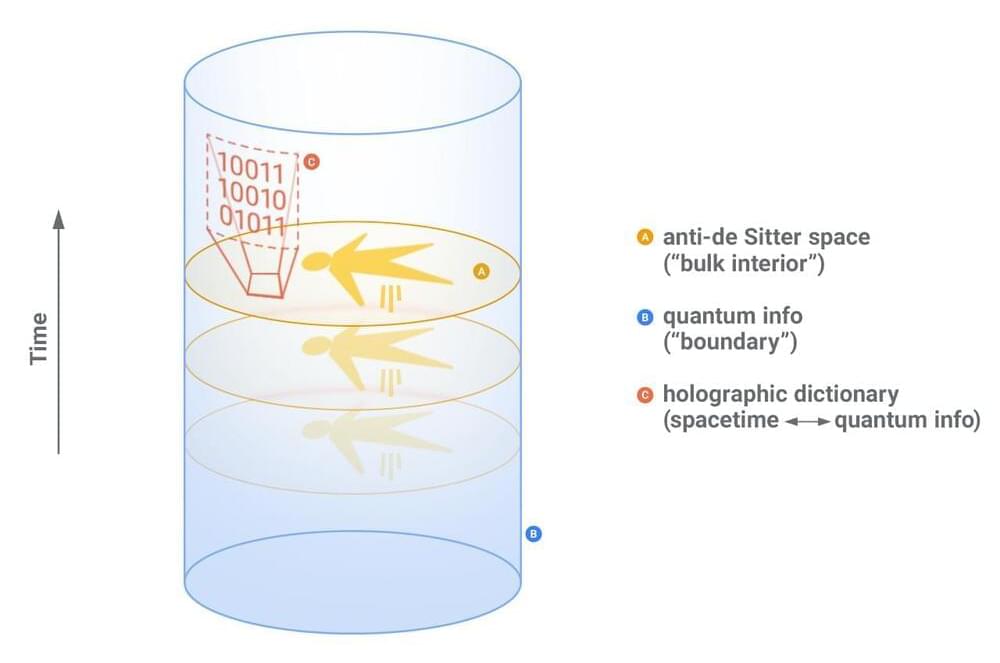Functional adrenal glands have been grown in the lab by coaxing a type of stem cell to develop in a certain way by constantly tweaking the mix of chemicals they are bathed in.



Observations of thousands of galaxies made with the Sloan Digital Sky Survey telescope (pictured) have revealed a giant arc of galaxies, which refutes the theory of their uniform distribution in the Universe. However, the existence of the large-scale structure discovered by astronomers from the UK and the United States needs to be confirmed by other observations to be accepted.
During the virtual conference of the American Astronomical Society, scientists announced the discovery and study of a “Giant Arc,” which consists of ancient galaxies.
Alexia Lopez and her colleagues analyzed the light of about 40,000 distant quasars recorded during the SDSS survey. These are some of the brightest objects in the Universe and are believed to represent the active nuclei of distant galaxies containing supermassive black holes.

The goal of achieving what is called artificial general intelligence — or the capacity of an engineered system to display human-like general intelligence — is still some time off into the future. Nevertheless, experts in the field of AI have no doubt accomplished some major milestones along the way, including developing AI capable of deep neural reasoning, tactile reasoning, and even AI with rudimentary social skills.
Now, in yet another step toward AI with more human-like intelligence, researchers from IBM, the Massachusetts Institute of Technology and Harvard University have developed a series of tests that would evaluate an AI’s ability to use a machine version of “common sense” — or a basic ability to perceive, understand, and judge in a manner that is shared by nearly all humans.
Tune in on Nov 30 @ 6pm Pacific for an exciting update from Neuralink!
Join us in our mission to build generalized I/O devices for the brain → https://neuralink.com/careers

A team in Korea has used sound waves to connect tiny droplets of liquid metals inside a polymer casing. The novel technique is a way to make tough, highly conductive circuits that can be flexed and stretched to five times their original size.
Making stretchable electronics for skin-based sensors and implantable medical devices requires materials that can conduct electricity like metals but deform like rubber. Conventional metals don’t cut it for this use. To make elastic conductors, researchers have looked at conductive polymers and composites of metals and polymers. But these materials lose their conductivity after being stretched and released a few times.
Liquid metals, alloys that stay liquid at room temperature, are a more promising option. Gallium-based liquid metals, typically alloys of gallium and indium, have caught the most attention because of their low toxicity and high electrical and heat conductivity. They are also tough because of an oxide skin that forms on their surface, and they stick well to various substrates.



Wormholes — wrinkles in the fabric of spacetime that connect two disparate locations — may seem like the stuff of science fiction. But whether or not they exist in reality, studying these hypothetical objects could be the key to making concrete the tantalizing link between information and matter that has bedeviled physicists for decades.
Surprisingly, a quantum computer is an ideal platform to investigate this connection. The trick is to use a correspondence called AdS/CFT, which establishes an equivalence between a theory that describes gravity and spacetime (and wormholes) in a fictional world with a special geometry (AdS) to a quantum theory that does not contain gravity at all (CFT).
In “Traversable wormhole dynamics on a quantum processor”, published in Nature today, we report on a collaboration with researchers at Caltech, Harvard, MIT, and Fermilab to simulate the CFT on the Google Sycamore processor. By studying this quantum theory on the processor, we are able to leverage the AdS/CFT correspondence to probe the dynamics of a quantum system equivalent to a wormhole in a model of gravity. The Google Sycamore processor is among the first to have the fidelity needed to carry out this experiment.

@Meet Kevin is a 30-year-old dad and financial analyst. He’s amassed a following of nearly 2 million subscribers on YouTube with his large library of financial content. He recently ran for California governor and owns a lot of Tesla stock.
Meet Kevin’s YouTube: https://www.youtube.com/@MeetKevin.
Neura Pod is a series covering topics related to Neuralink, Inc. Topics such as brain-machine interfaces, brain injuries, and artificial intelligence will be explored. Host Ryan Tanaka synthesizes informationopinions, and conducts interviews to easily learn about Neuralink and its future.
Twitter: https://www.twitter.com/ryantanaka3/
Support: https://www.patreon.com/neurapod/
Please consider supporting by joining the channel above, or sharing my other company website with retirees: https://www.reterns.com/. Opinions are my own. Neura Pod receives no compensation from Neuralink and has no affiliation to the company.